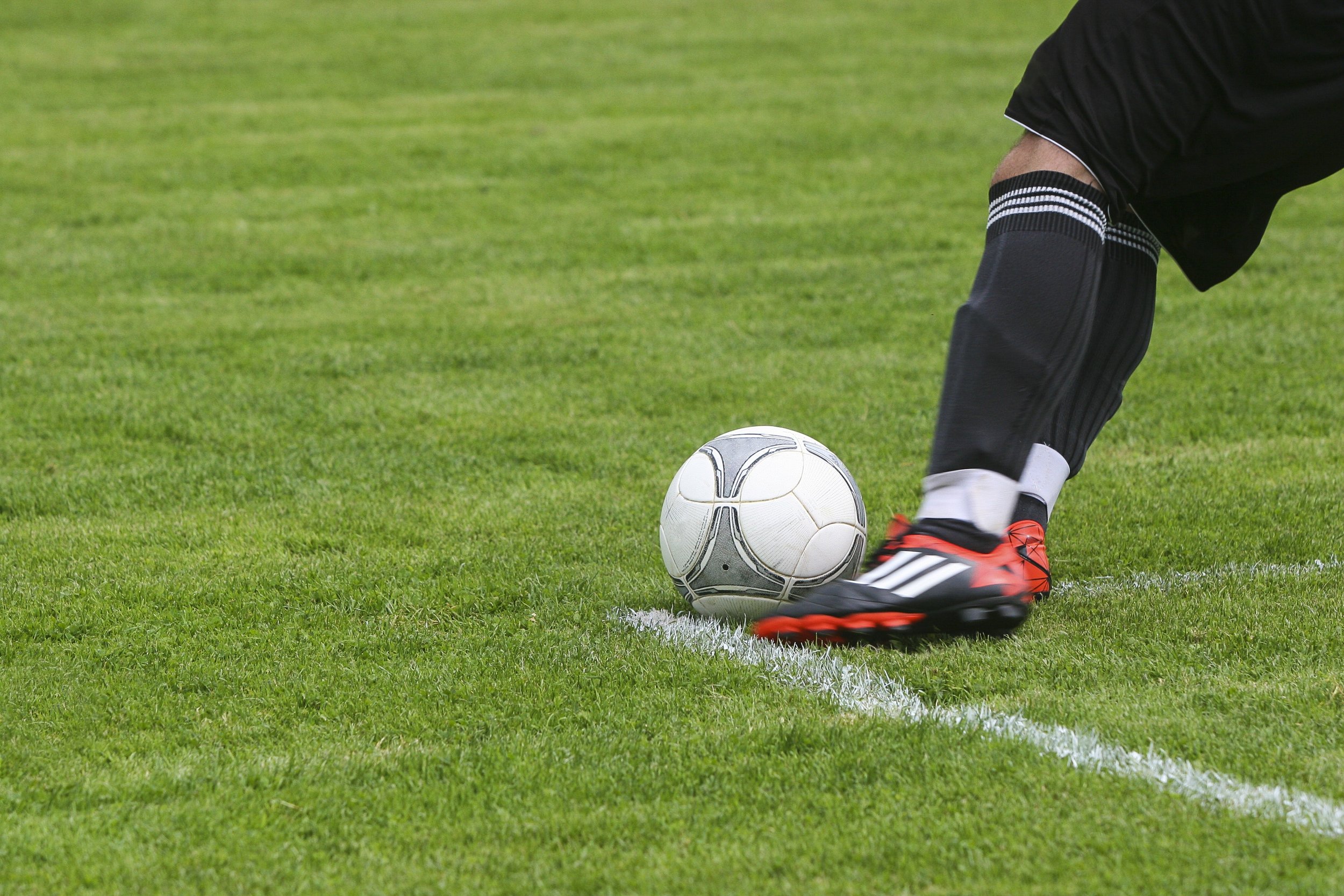ACL injuries are one of the most common sports medicine injuries encountered in a Physical Therapy practice. These injuries can be treated successfully with either conservative or surgical interventions depending on the athlete’s presentation and athletic goals. In addition to the post injury management of these athletes, researchers and clinicians have also focused on reducing an athlete’s risk for future ACL injury. Successful prevention programs for knee injury, including ACL tears, have been developed by numerous researchers and clinicians. Strong evidence supports their utilization in both pre season and in season athletes, especially among female athletes who are 6-8 times more likely to injure their ACL compared to a male in the same sport.
A recent clinical practice guideline, combining the available evidence and expert opinion, was released in the Journal of Orthopedic and Sports Physical Therapy documenting the impact of these risk reduction programs (Arundale et al. 2018). The practice guidelines highlighted the modifiable risk factors for future knee injury including abnormal muscle function and poor movement patterns in athletes. While bracing has continued to fall out of favor in preventing knee injury, Physical Therapy exercises have consistently been shown to effectively reduce injury risk.
Injury risk reduction programs are cost and clinically effective and can be easily implemented by Physical Therapists, coaches, parents, and athletes. Training should incorporate strength and agility training, plyometrics, and sport specific movements required during play. Ideally each program should be completed for 20 minutes, 3-4 times per week. These programs are appropriate for all youth athletes, athletes 12 to 25 years of age, and especially female athletes. Consistent with all exercise interventions, these programs require high degrees of compliance by coaches, clinicians, and athletes in order to reach optimal effectiveness.

